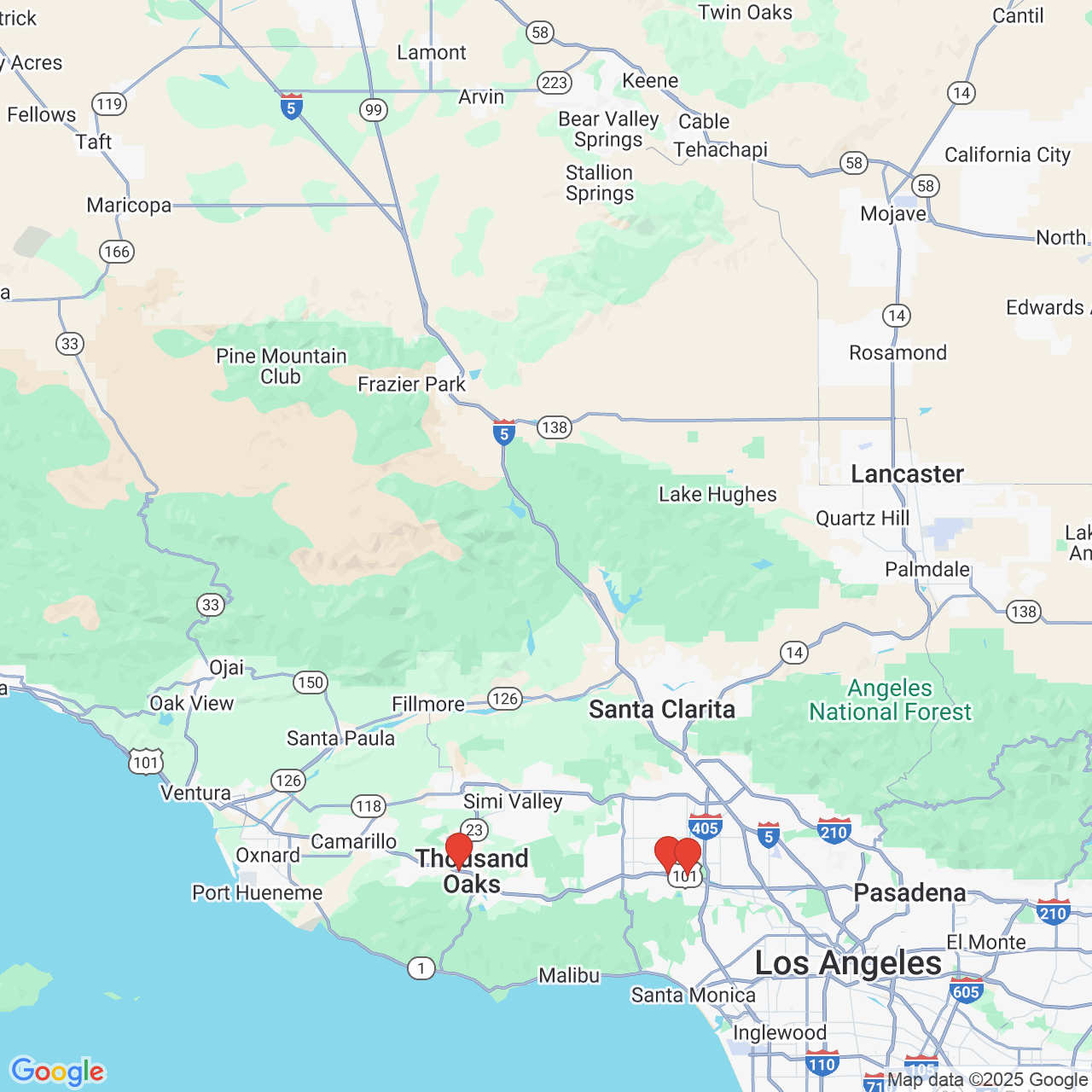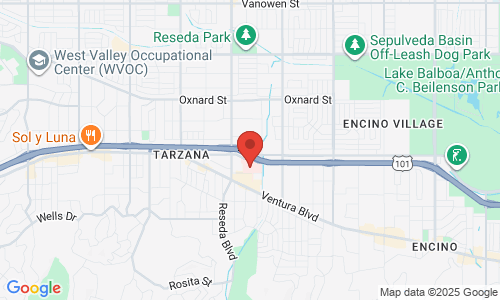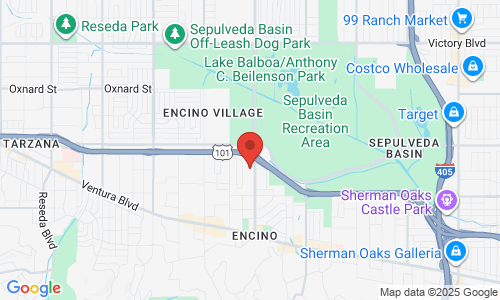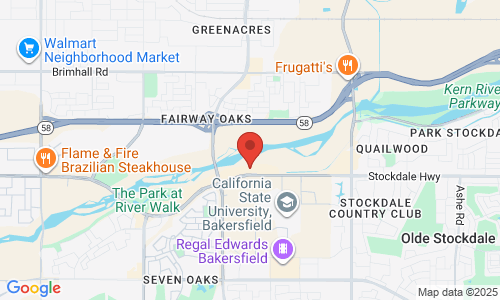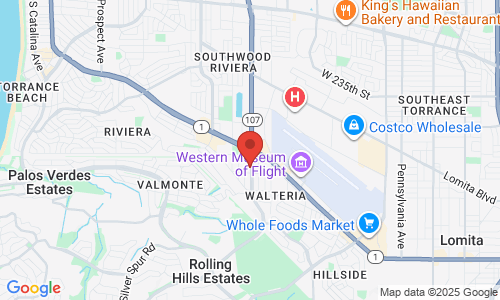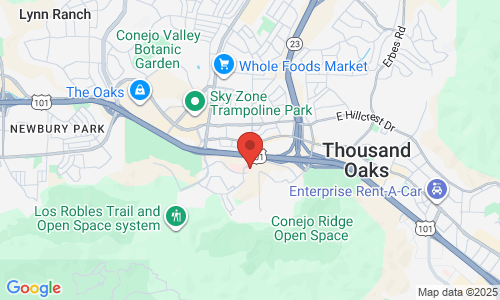Tubal Factor Infertility
Tubal factor (tubal infertility)
At the Center for Fertility and Gynecology, our Los Angeles based fertility practice; we treat patients with a variety of female reproductive problems. One specific problem we frequently encounter is tubal factor infertility.
What is the Fallopian tube?

To understand tubal factor infertility, we must first discuss exactly what the fallopian tube is and how it plays a role in normal conception. The Fallopian tubes are thin, muscular structures connected at one end to the uterus (womb) and at the other end are open to the abdominal cavity. The tubes are usually between 7 and 10 centimeters in length with an inside diameter which ranges from less than a half millimeter at the connected end, to between 2 and 3 millimeters at the open end. The open end is rimmed by extensive finger like projections called fimbria. The fimbria helps to collect an ovulated egg from the ovary and usher it into the lumen of the fallopian tube.
During intercourse, sperm are deposited in the vagina. They swim up through the cervix and uterine body then into the fallopian tubes. If the timing is right, the sperm will meet an egg within the fallopian tube and fertilization can occur.
What is tubal infertility?
Tubal infertility occurs when damage to the Fallopian tube prevents the egg and sperm from meeting. Damage can be due to many factors including infections such as STD’s or PID, scarring or adhesions from surgery or other entities such as endometriosis.
How is tubal factor diagnosed?
There are 2 main methods to diagnose tubal factor infertility. The first is an HSG or other similar test. During an HSG (hysterosalpingogram), a small catheter is placed through the cervix and a special dye is injected into the uterus. Next, an x-ray which can detect the dye, is positioned over the uterus and pictures are taken. If the dye travels through the uterus, up into the fallopian tubes and out into the abdominal cavity, then you know that the tubes are open. If the dye does not make it out, then the tubes are likely blocked.
The other method to check the tubes is by performing a laparoscopy. During a laparoscopy, a thin camera is placed into the abdomen under general anesthesia. Subsequently, a catheter is placed into the uterus and blue dye is injected. If the surgeon sees the dye coming out of the tubes, then the tubes are open.
What can you do if the tubes are blocked?
If the tubes are blocked, the best treatment is IVF (in-vitro fertilization). During IVF, eggs are removed from the ovaries, fertilized in the laboratory and then placed through the cervix into the uterine body. This technique effectively bypasses the tubes. IVF is an excellent treatment for patients with tubal factor. In fact, IVF was designed with tubal factor in mind and the first successful IVF cycle in the world was performed in a woman with tubal factor.
Prior to IVF, microsurgery was utilized to open blocked tubes. This technique was never very successful and has fallen by the wayside except in the case of tubal reanastamosis after tubal ligation.
If you have questions about tubal factor or any other fertility questions, please contact us, we’d be happy to speak with you.


